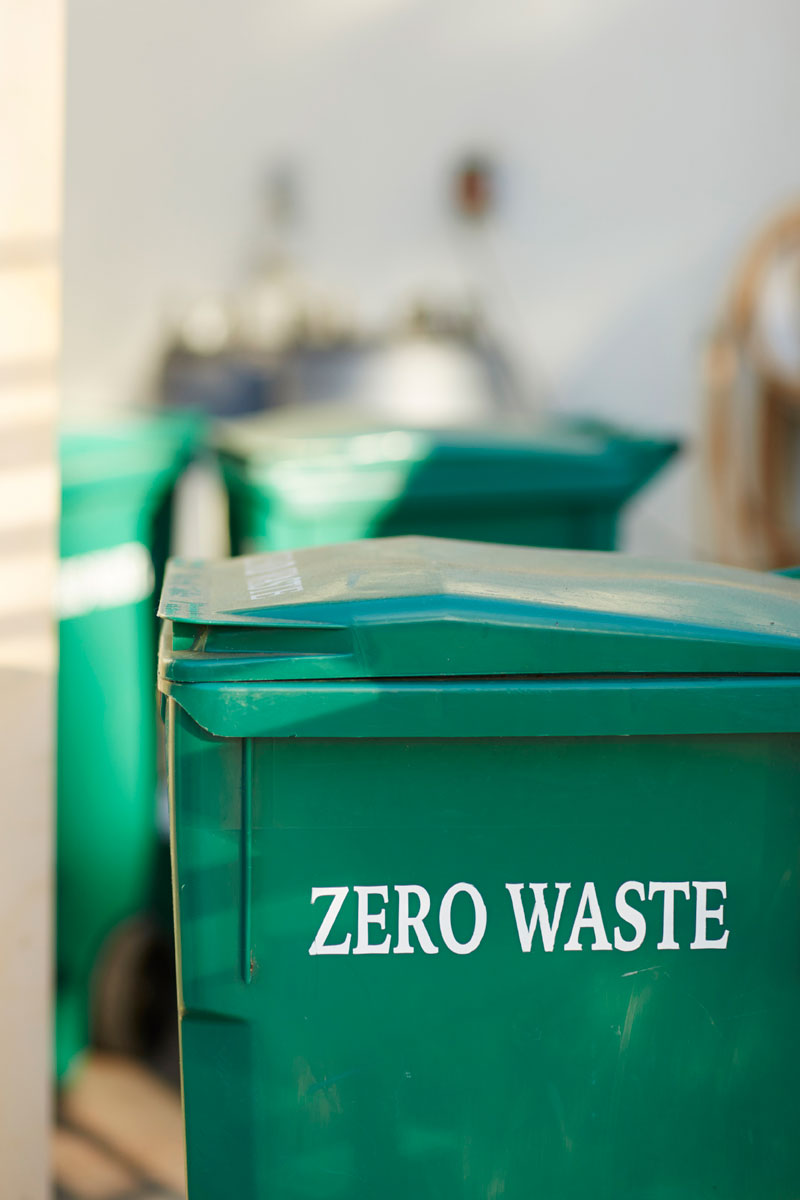Zero Waste

What is Zero Waste and how do we achieve it?
The CSU defines zero waste as managing products, services, and processes to systematically avoid and eliminate the volume of waste and materials, conserve and recover all resources, and not burn or bury them. Zero waste maximizes recycling, minimizes waste, reduces consumption, and ensures that products are made to be reused or recycled back into nature or the marketplace. To achieve our zero waste goal, we cannot just throw everything in the recycling bin because most products are not recyclable. Zero Waste requires redesigning products and processes to eliminate waste before it happens. There are many steps that should be considered to reduce your waste before resorting to recycling. Follow the Zero Waste hierarchy of Redesign, Refuse, Reduce, Reuse, and Recycle/Compost.

